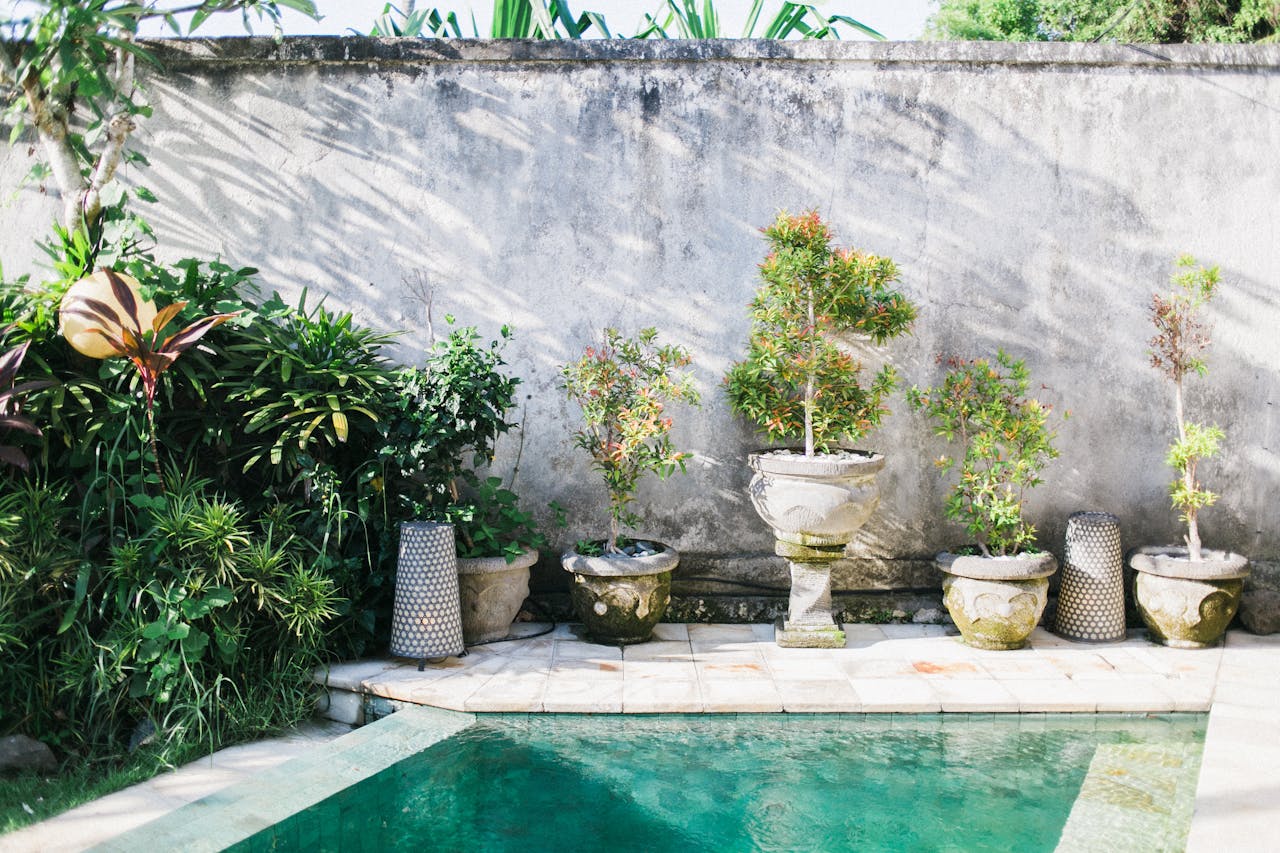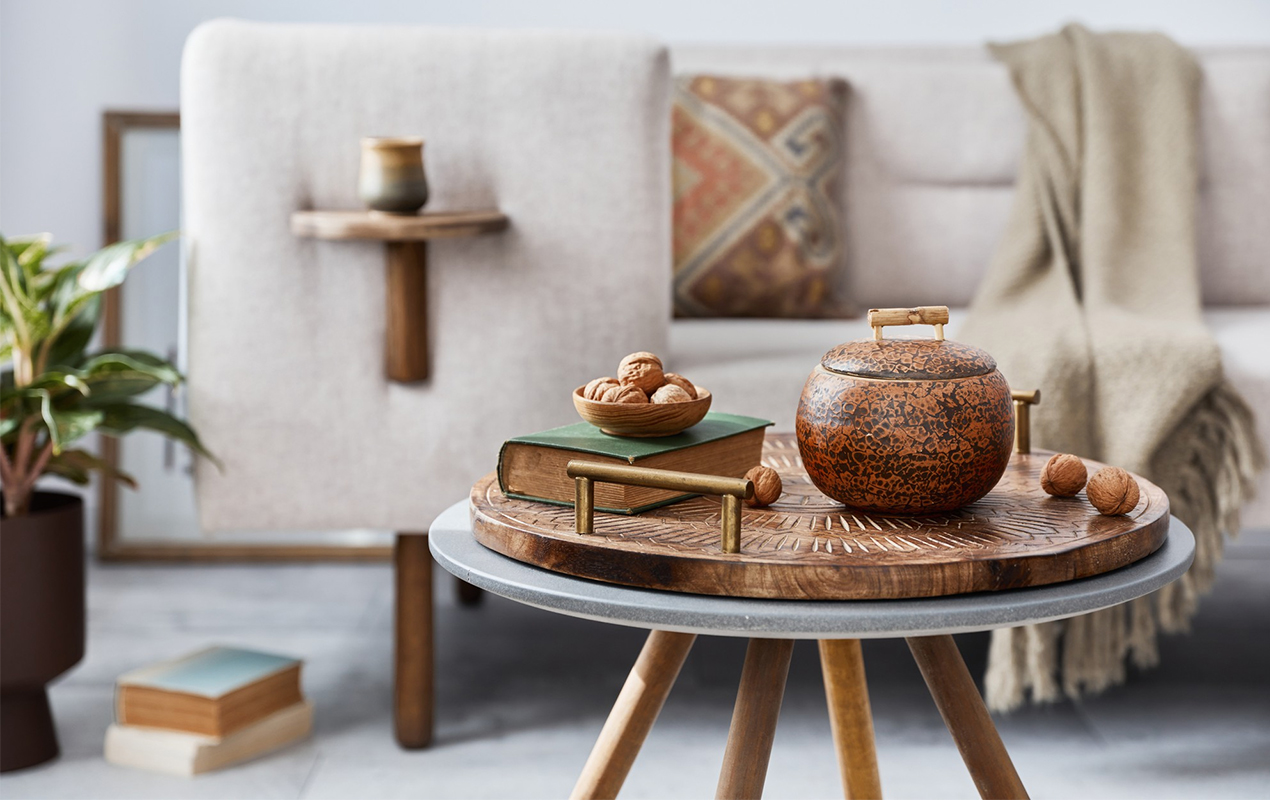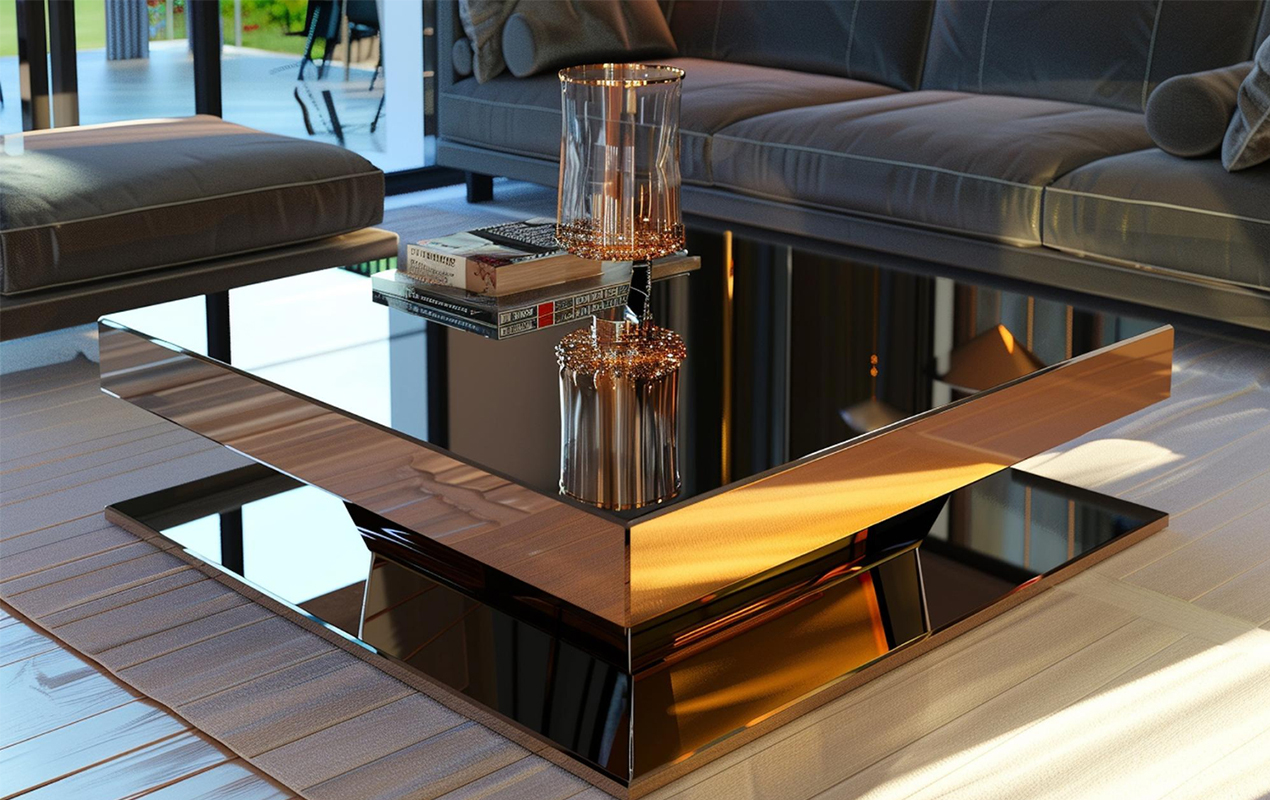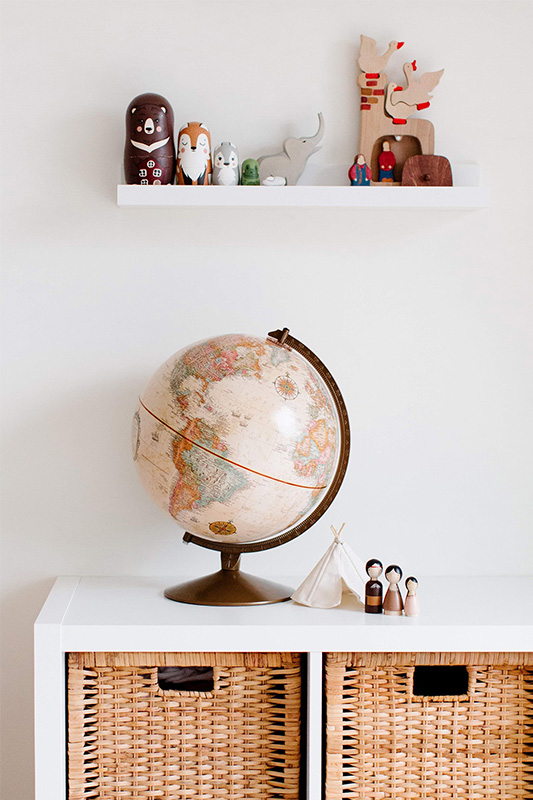Blog
Keep Your Garden Pool Sparkling: Essential Maintenance Tips

Owning a garden pool can enhance your outdoor experience, providing a refreshing escape during the warm months. Maintaining a pristine and inviting pool requires diligence and knowledge. Routine upkeep keeps the pool safe for swimmers and helps preserve the equipment and the surrounding area. By adhering to important maintenance practices, you can enjoy a sparkling clean pool that remains a centerpiece of your garden.
Understanding Water Chemistry
Water chemistry is fundamental to pool maintenance, as it ensures a healthy swimming environment. Proper pH levels should range between 7.2 and 7.6 to provide optimal comfort. Regularly testing the water can help detect imbalances, leading to adjustments in your sanitizing methods. The alkalinity must be monitored, with ideal levels set between 80 and 120 parts per million (ppm).
This prevents sudden shifts in pH, which can irritate eyes and skin. Calcium hardness should be kept within 200-400 ppm to protect your plaster and prevent corrosion of equipment. Failing to maintain these levels can lead to algae growth or even damage to your pool surfaces. Regular testing kits are available to facilitate this monitoring process, making it easier to maintain ideal conditions.
Cleaning Your Pool Regularly
A clean pool is a safe pool. Regular cleaning involves skimming debris from the surface, brushing the walls, and vacuuming the pool floor. Using a skimming net daily can eliminate leaves and bugs, preventing them from sinking and decomposing. Brushing the walls and steps weekly helps dislodge algae and dirt buildup that may accumulate.
Investing in a quality vacuum makes the routine cleaning process more efficient, whether you opt for a manual or robotic model. The cleaner the pool surfaces, the less work you will have to do when it comes to battling algae and stains. As part of this cleaning routine, maintaining filters should be a priority. Clogged filters can hinder circulation, which in turn affects water clarity and cleanliness.
Investing in Quality Equipment
Your pool’s functionality largely depends on the equipment you use. Invest in a reliable filtration system designed to clean your pool effectively. Above-ground and in-ground pools might require different types of filters, such as sand, cartridge, or diatomaceous earth filters. Not to mention, upgrading to energy-efficient pumps can lessen energy costs, allow for better circulation, and improve overall filtration efficiency.
Maintenance tools like leaf nets, skimmers, and brushes should be durable to withstand regular use. Consider automated pool sanitising systems to maintain consistent water quality and reduce the need for continual manual upkeep. Such systems can streamline your maintenance routine, ensuring the pool remains hygienic with minimal labor on your part.
Controlling Algae Growth
Algae can quickly turn a sparkling pool into a green mess. Control measures start with maintaining proper water chemistry, especially pH levels and chlorine concentrations. Shock treating the pool every few weeks combats the onset of algae blooms, giving a major boost to chlorine effectiveness. Using algaecides as an additional preventive measure can prove beneficial, particularly in warmer months when algae thrive.
When algae becomes visible, it’s important to act swiftly, brush the affected areas, and shock the pool to eradicate it. Enclosing the pool and limiting sunlight with a cover during the off-season can minimize algae growth. Remember, a proactive approach keeps algae at bay and saves time on extensive clean-up later.
Testing Equipment and Repairs
Routine testing of your pool’s equipment is critical for identifying wear and tear that can lead to larger issues. Inspect the pump, filters, and any automated systems for signs of wear or debris accumulation. If equipment malfunctions, immediate repairs should be prioritized to avoid further damage. Scheduling professional inspections at least once a year can help uncover hidden issues that you might overlook.
Replacing worn-out parts ensures the efficiency of your pool systems, which is important for long-term maintenance. Small investments in upkeep and repairs can save you from costly replacements down the line, ultimately providing peace of mind regarding your pool’s safety and functionality.
Establishing a Seasonal Schedule
Creating a seasonal maintenance schedule is an effective way to stay organized. Each season brings specific tasks that can help prepare the pool for the changing weather. During spring, focus on cleaning and balancing the water to kick-start the swimming season. In summer, your emphasis should shift to regular cleaning and testing as more usage occurs.
The fall months are ideal for cover installation and winterizing your pool. Before winter sets in, ensure to drain water from pipes, winterize equipment, and protect surfaces from frost damage. This seasonal approach boosts efficiency and enhances the overall health of your pool throughout the year.
Final Thoughts
With these important maintenance tips, your garden pool can stay sparkling and inviting all year round. Diligent care enhances the swimming experience and prolongs the life of your pool equipment.

















